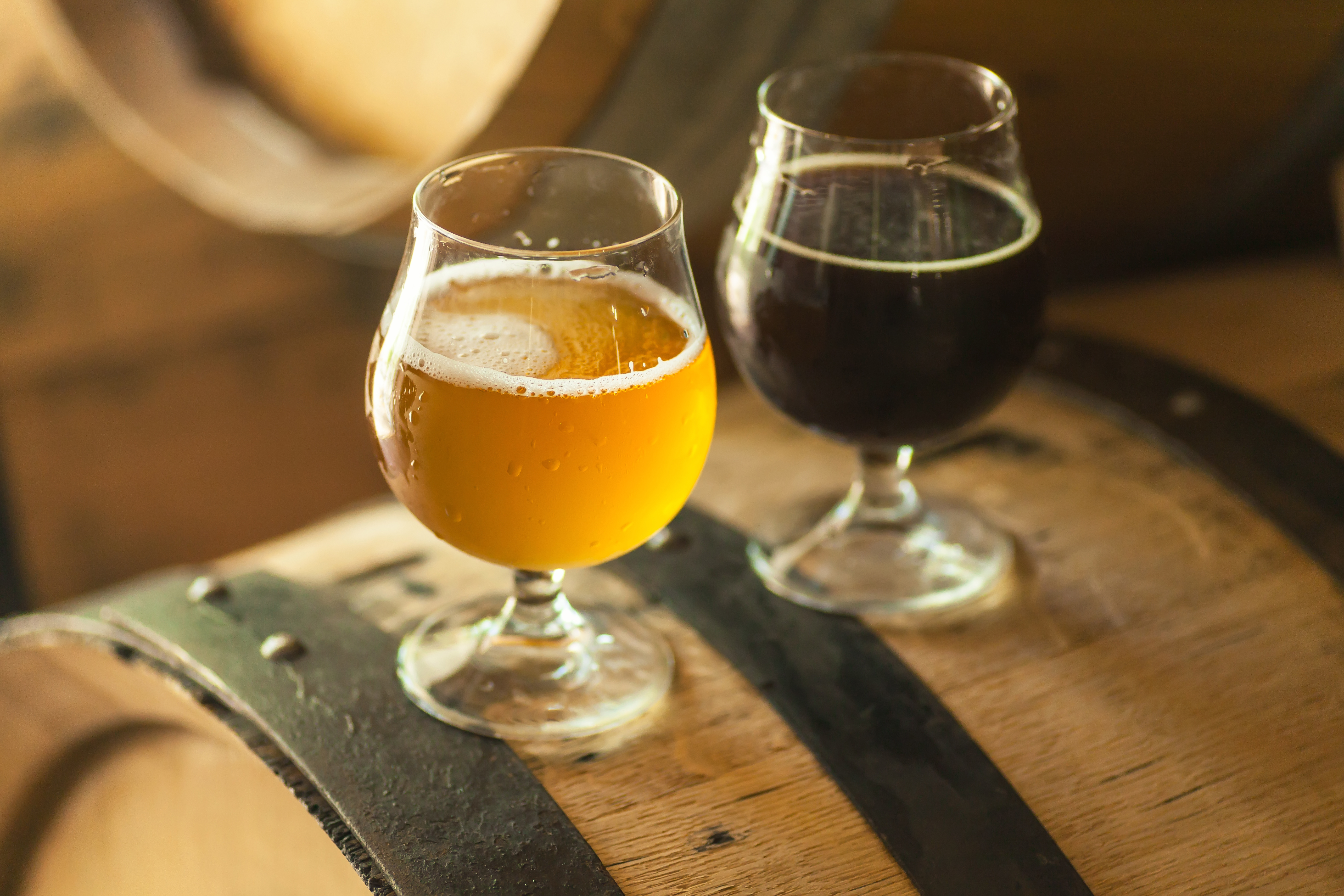
Quite often at our barrel shop, we are approached by craft breweries asking for varied and different kinds of barrels that have previously held varied spirits such as rum, sherry, calvados and cognac.
It gets tricky to procure good quality recently emptied barrels of this nature without having to procure an entire truckload of them from down south. So what’s the solution? We did a ton of research into barrel hydration using steam and actual oak capillary re-absorption rates.
At first we just dove into peer reviewed articles that were published talking about the ability of hemicellulose fibers to swell when hydrated and via micro-oxygenation pull a wine or spirit back into the capillary through osmosis. Later on we looked at different methods being used in wines & spirits to speed up maturation rates in oak barrels.
Currently there are a few places that do this already using high end cavitation wands that use ultrasonic sound waves to penetrate a liquid at up to 20,000 pulses per minute. This technique allows liquids to pass through porous materials more effectively. An example of this would be adding oak chips to chardonnay in a stainless steel tank and cavitating or sonicating the oak chips to give up their phenols into the wine.
This speeds up maturation and gets the wine to bottle faster. So apply this concept to spirits and craft beers also. This method is new and not widely accepted which is understandable. There has been a lot of talk about how it is deemed as cheating because a normal maturation process in an oak barrel takes months and years, not minutes.
PolyScience makes the Sonicprep wand, which is used, in high-end culinary institutes and 5 star restaurants. This is the tool used for sonic cavitation in liquids and comes at a cost of approximately $5000 USD. At DRM.reCoop we decided not to buy one for obvious reasons. Instead we went with an old school method for a barrel reset.
Working with the esteemed Jon Downing, a well known and highly regarded brew master at Niagara College who has helped to open over 100 craft breweries over his career, we decided to try this barrel infusion method using steam, time and the human pallet. Starting off on this exciting project we decided to use some 2-fill bourbon barrels in 50-gallon format we had sitting in the shop. These barrels were 8 years old and had an alligator 4 char on the interior.
Using a brass steam wand and 220F dry vapor steam, we steamed the barrel up for 30 minutes to bring it to a clean, sanitized and neutral state where it can no longer infuse any bourbon flavors. This is how we managed to “reset” the barrel with the quarter sawn oak capillaries fully hydrated. From here we added approximately 2 gallons of Captain Morgan dark rum into the former bourbon barrel and tightly sealed up the bung. The barrel suction and hissing we witnessed was pretty intense from the heat of the steam!
We left the rum to sit in the barrel for about 1 week allowing it to infuse into the capillaries and after that gave Jon Downing a call to pick it up. This is where it gets interesting. Jon and his students were about to start a “Butler’s Bitter” project for a class assignment and they decided to use this custom spirit infused barrel for their craft beer.
At first during this experiment, we were unsure if there would be a hint of bourbon left in the barrel, mixed with the dark rum to leave a complex off-note on the back of the palate with the Butler’s Bitter.
Jon and his students left the beer to sit in the barrel for 3 weeks after fermentation was completed and after that carbonation and canning was completed. We didn’t tell Jon we used Captain Morgan in the barrel infusion but he nailed it. In my own opinion the beer was smooth with a hint of oak and a subtle note of dark rum without overpowering the beer itself. DRM.reCoop would like to thank Jon Downing and his students for the creative and innovative project!
One important question we received and dealt with was with the AGCO (Alcohol & Gaming Commission of Ontario) and the LCBO (Liquor Control Board of Ontario). The initial question was “Is this spirit infusion process legal to carry out in Ontario”. After some discussions with both entities their response was that we are two steps too far removed to warrant any concern or enforcement by the AGCO or LCBO with our custom barrel infusion process as the spirits are emptied from the barrel before being shipped to the craft brewery.
So there you have it! A fun innovative project with multiple permutations for craft beer & cider using a relatively simple process that anyone can emulate with the right equipment and barrels.
